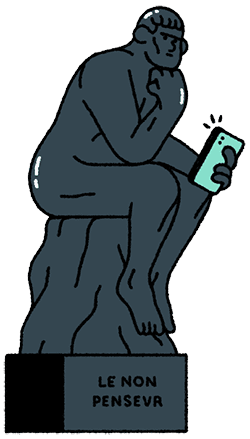The burden of task-switching
Trying to protect oneself from boredom and the fear of missing out (FOMO), has caused people to switch from tab to tab, or screen to screen on the desktop.
People switch between content on computers every 19 seconds, viewing the content for less than a minute. Multitasking this way breaks concentration. You lose time with this and context-switching and deplete your available mental energy.
141
420 reads
CURATED FROM
IDEAS CURATED BY
The idea is part of this collection:
Learn more about health with this collection
Effective note-taking techniques
Test-taking strategies
How to create a study schedule
Related collections
Read & Learn
20x Faster
without
deepstash
with
deepstash
with
deepstash
Personalized microlearning
—
100+ Learning Journeys
—
Access to 200,000+ ideas
—
Access to the mobile app
—
Unlimited idea saving
—
—
Unlimited history
—
—
Unlimited listening to ideas
—
—
Downloading & offline access
—
—
Supercharge your mind with one idea per day
Enter your email and spend 1 minute every day to learn something new.
I agree to receive email updates
